Diesel locomotive paint track
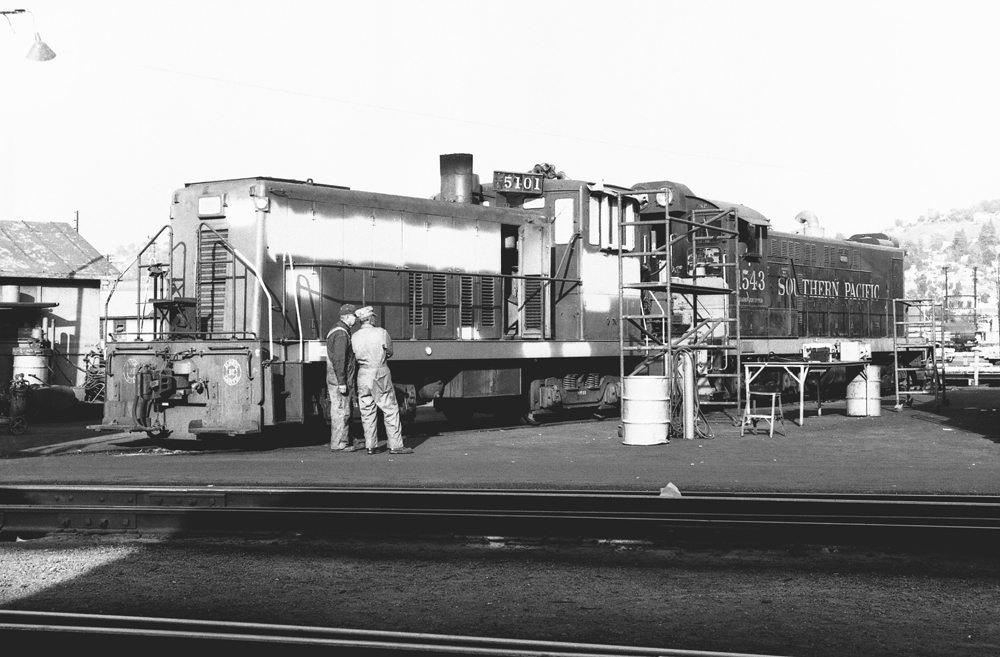
A visit to Southern Pacific’s Taylor Yard in Los Angeles always included a run by of its diesel locomotive paint track. It was the one place that the usual combined with the unusual, the largest mingled with the smallest.
A model of practically everything the SP owned sooner or later wound up there; Alcos, EMDs, Baldwins, GEs, even a few contracted jobs would get washed and repainted, trading a grubby weather beaten exterior for a glossy one.
Understand that LA was not the only spot on the railroad that regularly repainted locomotives. At one time or another the sound of paint guns could be heard systemwide, from Eugene, Ore. and Sacramento, Calif. to Dallas and Houston, Texas, and many spots in between.
With so many facilities, variations of the standard paint scheme popped up occasionally. Locomotives redone in Texas would sometimes emerge with a red side frame where officially it was supposed to be gray, and the red wings on the front of locomotives would change size and shape to fit the steel they were wrapped around.
Sometimes, however, the paint track would be watched a little too closely.
Case in point; EMD SD7 1424
A large chunk of the railroads 42 EMD SD7 road-switchers worked in Taylor and hauled various transfer runs and locals through out Southern California. Finding one getting a new paint job was not unusual.
Southern Pacific was rumored to be trying to figure out a less expensive paint scheme for its thousands of locomotives, so whenever a variation of the standard design showed up it was fodder for those of us who hung on its every whim.
Over the years I had made friends with the Taylor Yard painters. A friendly little group, they took pride in their role in keeping the railroad’s image in good shape; at least until their latest creation moved off the paint track and back into service. They were used to me asking questions, most of which they had no answer. Their job was repainting locomotives and that was usually all they cared about.
So, it was a surprise one day when No. 1424’s new paint job was being finished … without the traditional red wings on the front. Instead, it was just a red nose. The pre-internet train fan community went crazy. Was this the new long-awaited paint scheme variation we were all dreading? After all, the red and gray scheme was a simplified version of the more expensive previous black, orange, red, and silver design. Cutting out the red wings would save masking time.
Over the next few weeks, the rumors would not go away.
A prominent Southern California railroad fan who felt he had inside information on anything Southern Pacific declared this was the wave of the future, and even dashed off a letter to Trains Magazine suggesting a news piece on the event. Fortunately it never came to fruition.
I had no inside information, but I did have access to the painters. Dare I ask? Why not?
My next time at Taylor I found one of the painters working on a locomotive and applying the traditional front end wings. When he was taking a break, I popped the question.
His face went red. He was clearly embarrassed. “You noticed that did you? I was hoping nobody would. I made a mistake and forgot to mask off the area for the wings.”
Today, Taylor Yard is gone, the Southern Pacific is history, and outdoor Class I locomotive painting is usually not condoned anywhere in Southern California.
I know I snapped a shot of No. 1434 with its wingless front, but for the life of me, I can’t find it. But the memories, no matter how colored by time, are as vivid as ever.
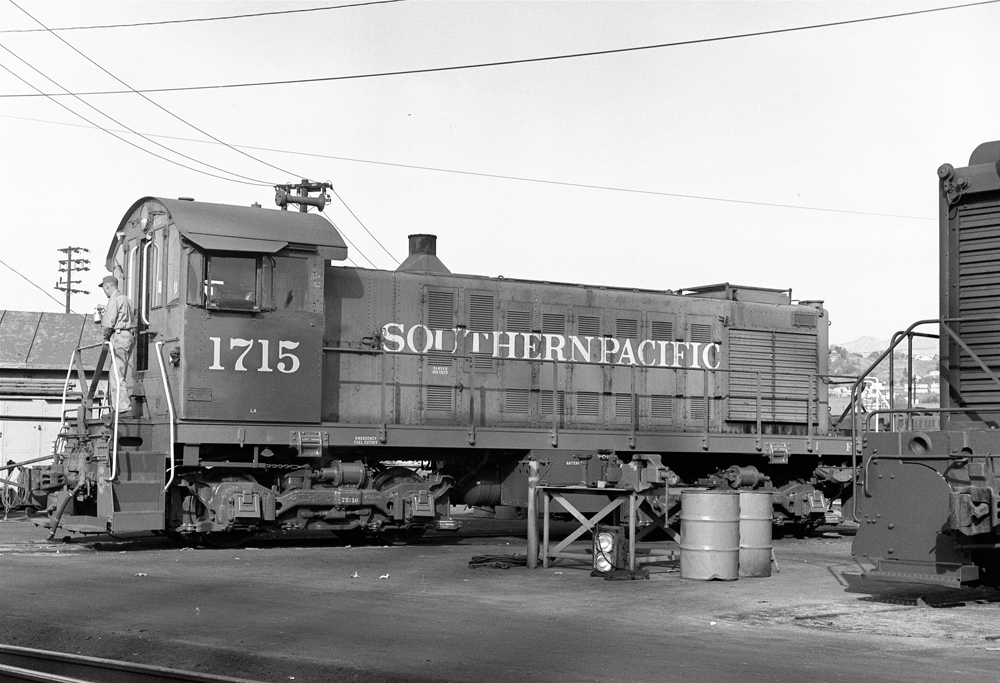






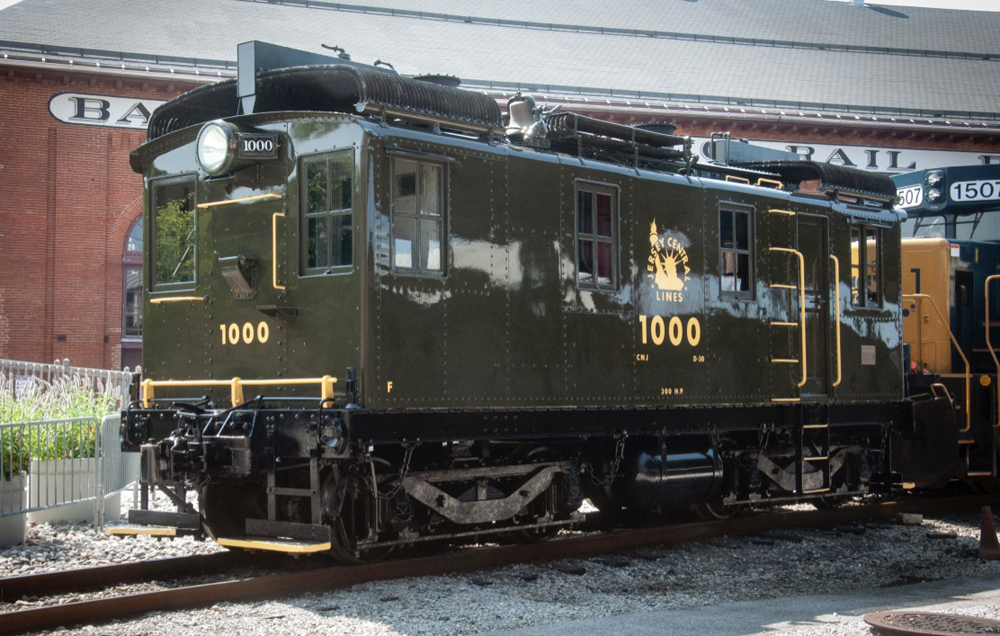
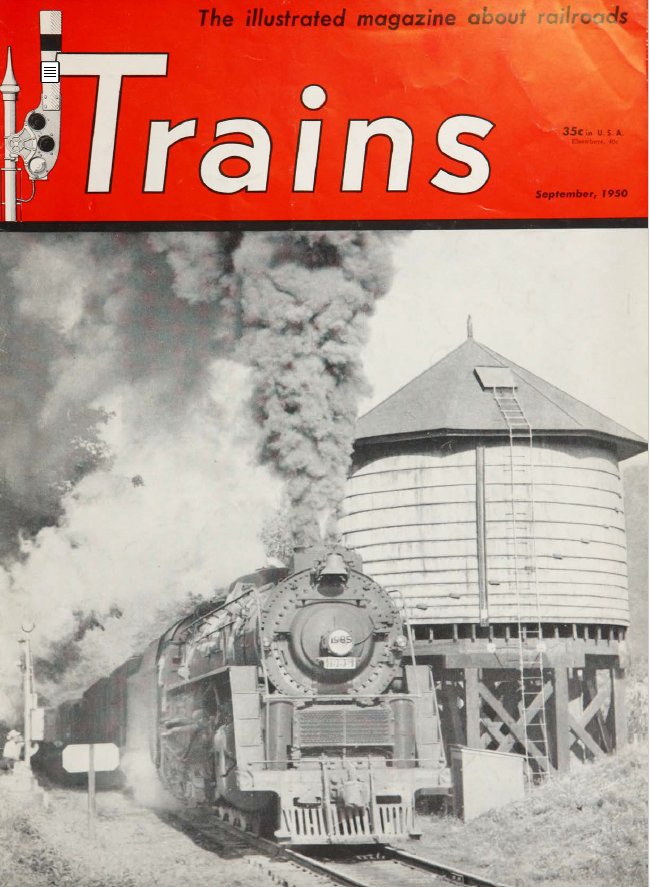

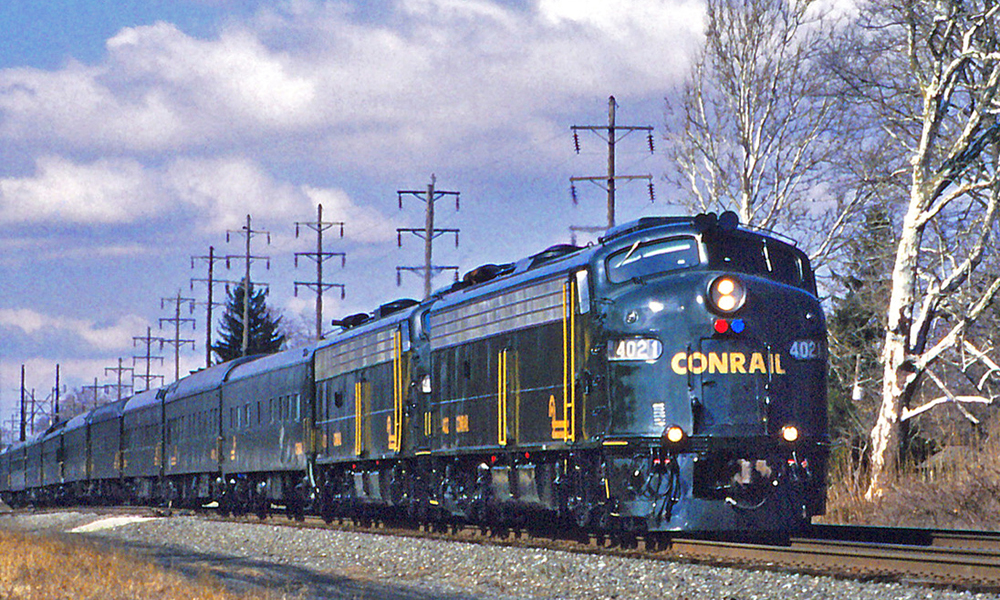




Thanks, David, I drove to the Beaufort on the coast today (1 1/2 hours) and the damage here in SC is still very visible, can’t imagine what it is like in NC, parts of the old Clinchfield might be gone for a long time. Ad we have Hurricane Milton coming, folks in FL are in for some rough times and then it may cause us in SC trouble too, oh well I recall living in CA there were earthquakes, unsettling for sure, regards and thanks for bringing stories of Southern California railroads to us.
John…Glad your power has returned and you are ok.
I have a photo of the unit somewhere, but when I need it, I can’t find it. When I do I’ll post it.
Great story, David, I remember that wing less SD but can not find a photo of it either, but good memory, thanks again! by the by just got back on with electricity, phone and internet–10 days thanks to Helene, but prayers to those who have had it worse.